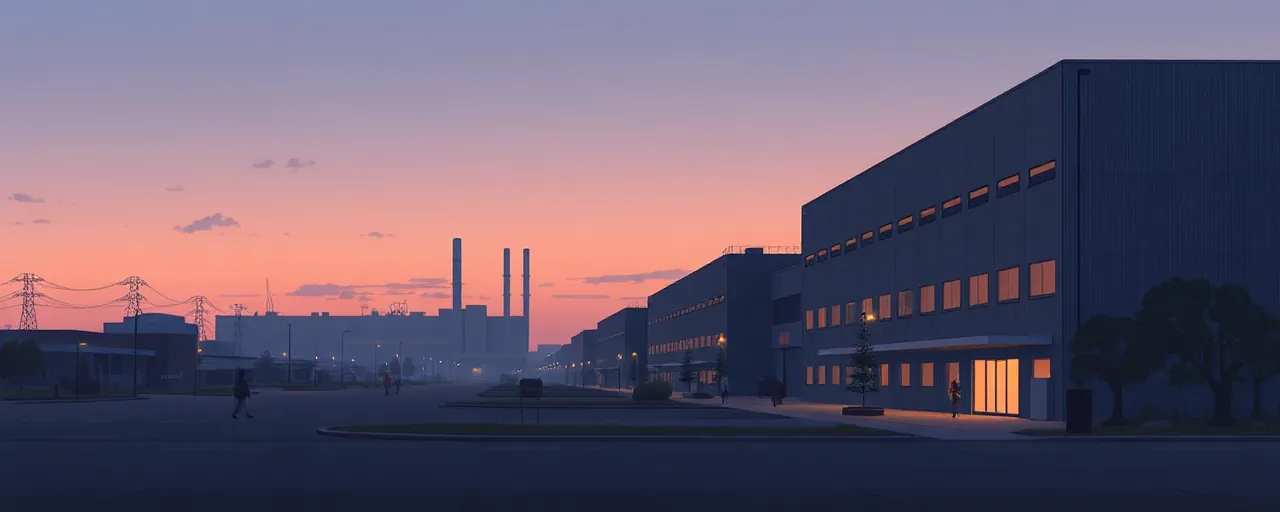A Flood of Investment Promises
In just 100 days, a wave of corporate commitments has swept across the United States, with companies pledging over $5 trillion in new investments. From tech giants to pharmaceutical leaders, firms like IBM, Apple, and Merck are betting big on American soil, promising to create more than 451,000 jobs. The announcements, spanning advanced manufacturing to artificial intelligence infrastructure, signal a potential turning point for the U.S. economy.
These pledges come against a backdrop of targeted policies, including tax incentives and deregulation, which advocates say are fueling a manufacturing renaissance. Yet, questions linger about whether these investments will deliver sustained economic growth or merely offer short-term gains for select industries. For workers and communities eager for opportunity, the stakes are high.
What’s Driving the Investment Boom?
A key driver behind this surge is the 2017 Tax Cuts and Jobs Act, which slashed corporate tax rates from 35% to 21%. Companies like Amgen, investing $900 million in Ohio, credit these cuts for enabling rapid expansion. Since 2021, over $4 trillion in new investments have been announced, with firms citing tax relief and streamlined regulations as catalysts for capital spending.
Beyond tax policy, federal initiatives like the CHIPS and Science Act and Inflation Reduction Act have funneled billions into semiconductors, clean energy, and electric vehicle production. TSMC’s $100 billion investment in U.S. chip manufacturing and Hyundai’s $21 billion steel plant in Louisiana highlight how these policies are reshaping strategic industries. Foreign investors, including Japan’s $1 trillion pledge and the UAE’s $1.4 trillion commitment, are also pouring capital into U.S. projects, drawn by incentives and a stable market.
The rise of AI infrastructure is another force. Projects like the $500 billion Stargate initiative, backed by SoftBank and OpenAI, aim to build data centers for AI workloads. With global AI spending projected to hit $1.4 trillion by 2027, these investments promise technological leaps but face hurdles like power supply constraints and high capital costs.
Voices of Optimism and Caution
Supporters of these policies, including business leaders and some economists, argue that the investments will strengthen U.S. competitiveness. They point to job creation figures, like the 4,000 jobs from Novartis’s new manufacturing facilities or the 10,000 jobs from CMA CGM’s logistics expansion. Studies suggest that tax cuts have boosted domestic investment by 20% in some sectors, with long-term gains in wages and GDP growth possible.
Yet, not everyone is convinced the benefits will be broadly shared. Some analysts question the equity of corporate tax incentives, noting that large firms often reap the rewards while smaller businesses and underserved regions see less impact. Research shows that state-level tax breaks sometimes cost more than the economic gains they generate, diverting funds from public services like education or infrastructure.
Workers’ advocates raise concerns about job quality. While investments like Corning’s $1.5 billion Michigan facility promise high-paying roles, many new jobs may be temporary or require skills that local workers lack. The U.S. faces a manufacturing labor gap of 1.9 million workers, a challenge that automation and retraining programs are only beginning to address.
A Broader Economic Picture
The investment surge aligns with global trends toward reshoring and nearshoring, as companies seek to reduce supply chain risks. Mexico has overtaken China as the U.S.’s top trading partner, and over 80% of large manufacturers plan to shift production closer to North America. This shift, spurred by tariffs and incentives, has created 300,000 manufacturing jobs since 2022, though sustaining this growth requires addressing workforce shortages and infrastructure needs.
Geopolitical factors also play a role. Policies restricting investment from adversarial nations while encouraging allied capital have reshaped global flows. The U.S.’s ‘America First Investment Policy’ aims to secure critical industries like semiconductors and energy, but critics warn that protectionist measures could raise costs for consumers and strain trade relationships.
What Lies Ahead?
For now, the flurry of investment announcements paints an optimistic picture, with tangible projects breaking ground across states. From Chobani’s $1.2 billion dairy plant in New York to Siemens’s $285 million AI data centers, these initiatives could reshape local economies. Yet, the long-term success of these efforts hinges on execution, workforce readiness, and fiscal sustainability.
As the U.S. navigates a complex global landscape, the question remains: will these investments deliver lasting prosperity for workers and communities, or will they primarily benefit corporate bottom lines? The answer will depend on how policymakers balance incentives with investments in people and infrastructure, ensuring that growth reaches beyond boardrooms to the factory floors and small towns eager for a brighter future.
